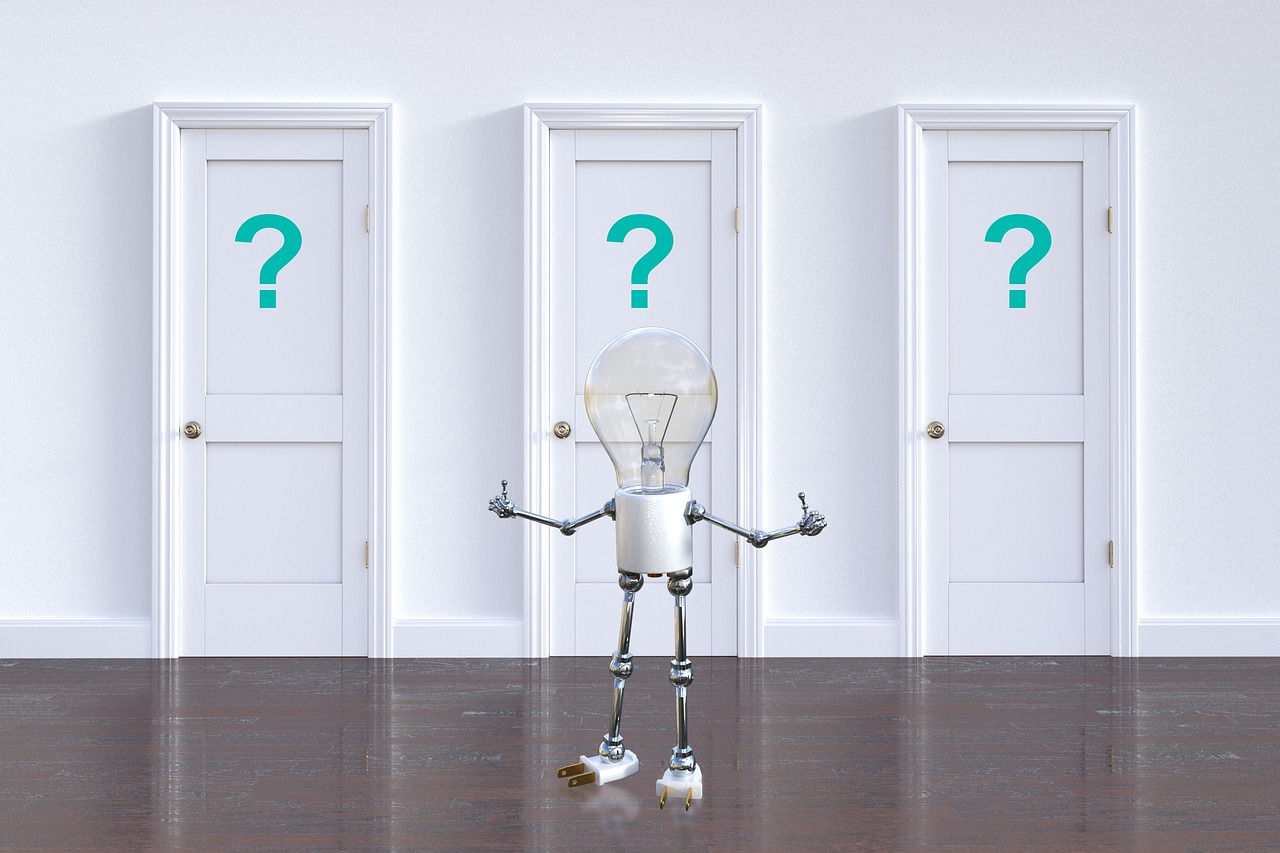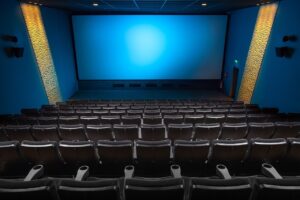Deafness. It’s a term often shrouded in misunderstanding, its silence misinterpreted by a world built around sound. But being deaf isn’t simply an absence of hearing; it’s a vibrant existence with its own language, culture, and challenges. Today, we’re busting open the vault of misconceptions, clearing the air of myths, and demystifying the world of deafness for everyone.
Myth #1: Deafness is a binary state: either you hear or you don’t.
False! Hearing loss exists on a spectrum, ranging from mild to profound. Some individuals may have difficulty discerning high-pitched sounds, while others may struggle with background noise. The degree and type of hearing loss can vary greatly, and each experience is unique.
Myth #2: All deaf people lip-read perfectly.
While lip-reading can be a valuable skill for some, it’s far from foolproof. Mouth movements can be subtle, and factors like lighting and facial hair can significantly hinder accuracy. Lip-reading relies heavily on context and guesswork, making it an imperfect communication tool.
Myth #3: Deaf people are mute or cannot communicate effectively.
Absolutely not! Sign language, a beautiful and expressive language in its own right, is the primary means of communication for many deaf individuals. It’s not simply a collection of hand gestures; it’s a complete language with its own grammar, syntax, and nuances. Deaf people can also communicate through written language, speech-to-text apps, and augmented technologies.
Myth #4: Deafness is a disability that needs fixing.
While hearing loss can present challenges, it’s not something that needs to be “fixed.” Deafness is a part of a person’s identity, and viewing it solely as a disability undermines their lived experiences and contributions. The emphasis should be on accessibility and providing equal opportunities, not on “fixing” something that isn’t broken.
Myth #5: Sign language is universal.
Just like spoken languages, sign language has diverse variations across the globe. American Sign Language (ASL), for example, is different from British Sign Language (BSL) or French Sign Language (LSF). While there may be some similarities, each sign language has its own unique grammar, vocabulary, and cultural nuances.
Myth #6: Deaf people are less intelligent or incapable of learning.
This harmful stereotype is simply untrue. Deafness has no impact on intelligence or cognitive abilities. Deaf individuals can excel in academic pursuits, hold demanding jobs, and contribute meaningfully to society in all its facets.
Myth #7: Deaf people cannot live independent lives.
With proper support and accessibility measures in place, deaf people can lead fulfilling and independent lives. Technological advancements like cochlear implants, hearing aids, and assistive technologies have empowered deaf individuals to navigate various aspects of life with greater ease.
Myth #8: Learning sign language is difficult and unnecessary.
Sign language is a beautiful and accessible language to learn for everyone. It’s not just beneficial for communicating with deaf individuals; it broadens perspectives, increases cultural understanding, and promotes inclusivity. Online resources, workshops, and local deaf communities offer numerous opportunities to embark on this enriching learning journey.
Beyond the Myths: Embracing the Deaf Experience
By dismantling these common misconceptions, we can foster a more inclusive and understanding world for the deaf community. Let’s move beyond the whispers of misinformation and embrace the richness of deaf culture, celebrate the power of sign language, and recognize the valuable contributions of deaf individuals to society. Remember, deafness is not a limitation; it’s a unique perspective, a vibrant language, and a testament to human resilience and communication in all its diverse forms. So, let’s bridge the gap, break the barriers, and listen not just with our ears, but with open hearts and minds.
This is just the beginning of the conversation. Share your own experiences, challenge other myths you’ve encountered, and let’s continue to build a world where deafness is celebrated, not misunderstood.



